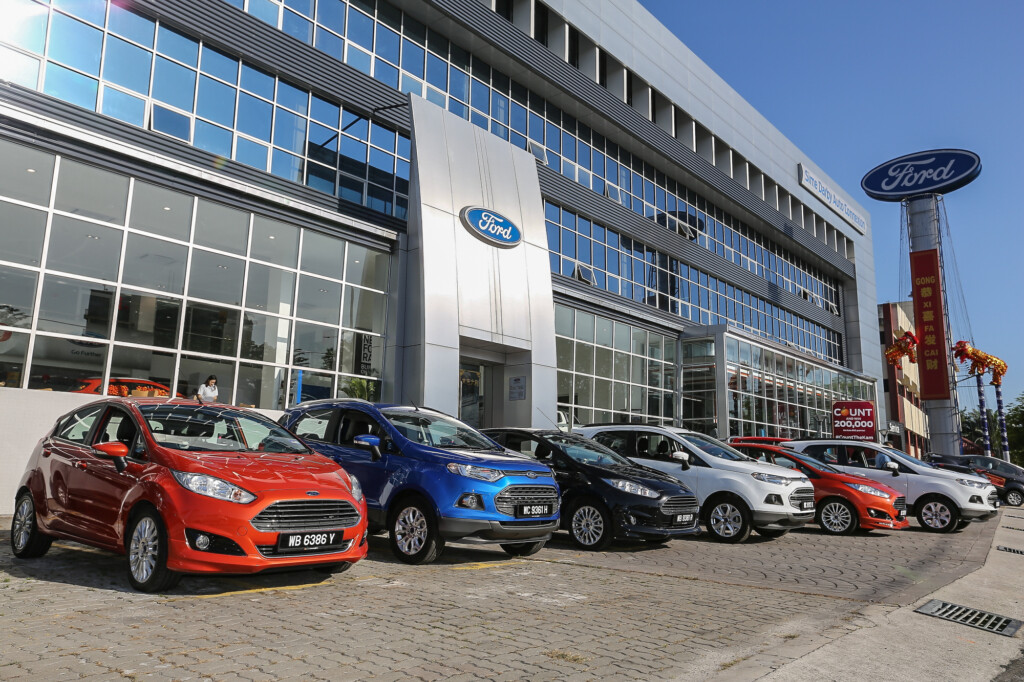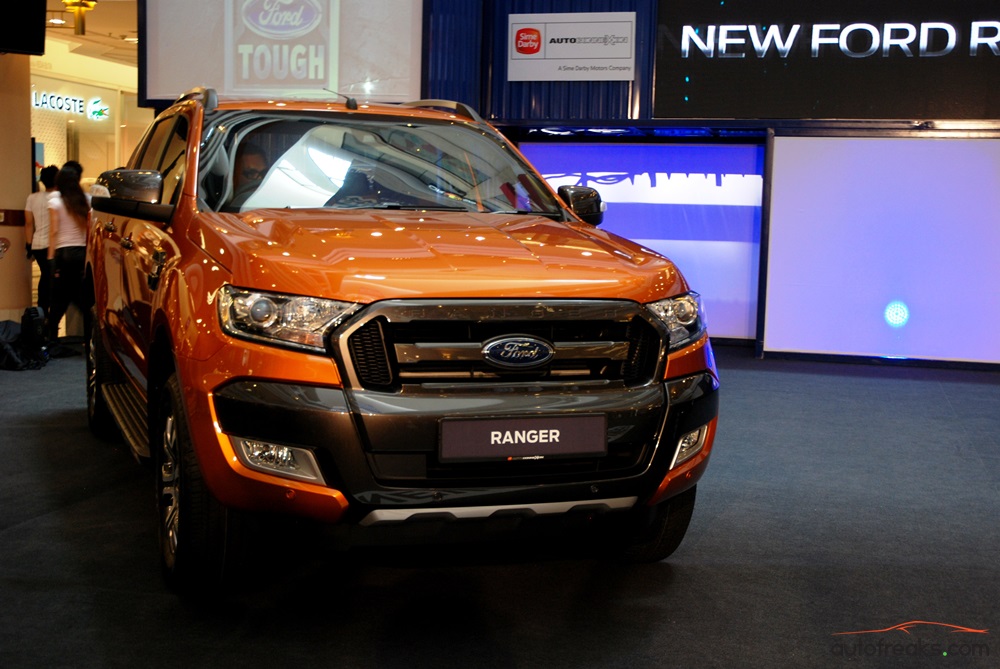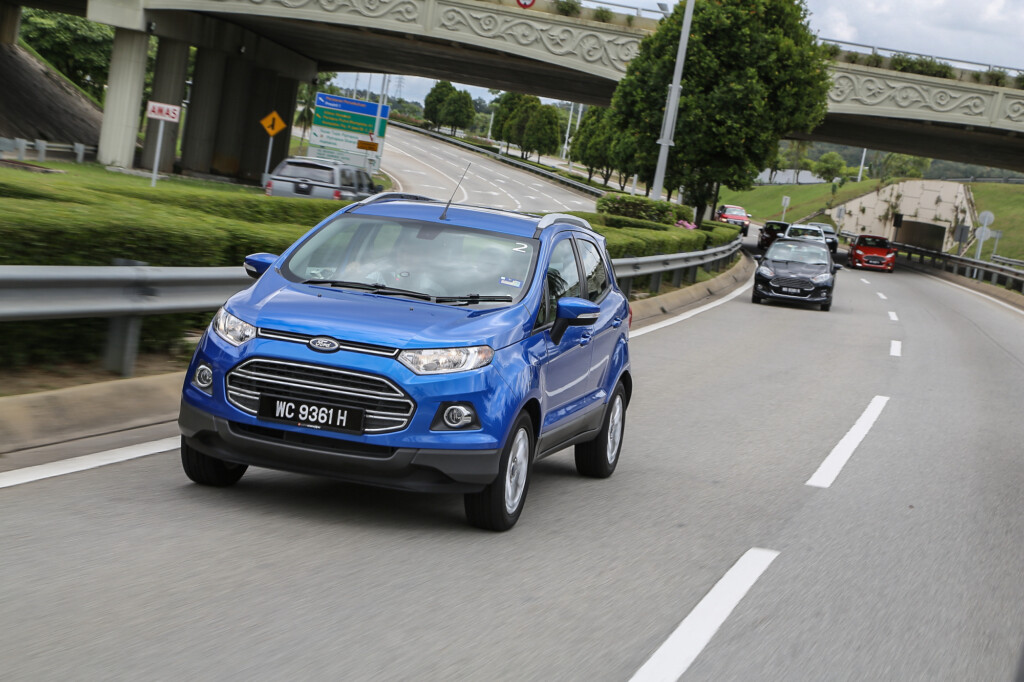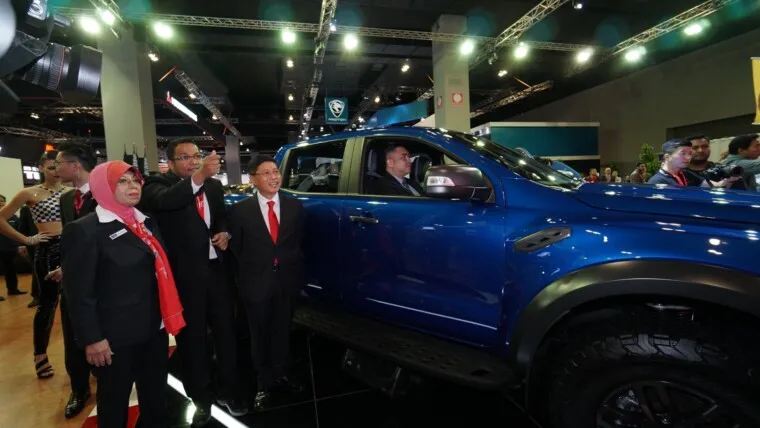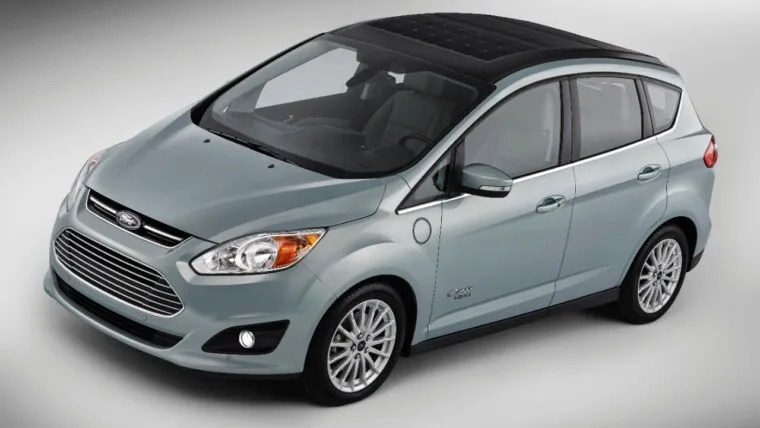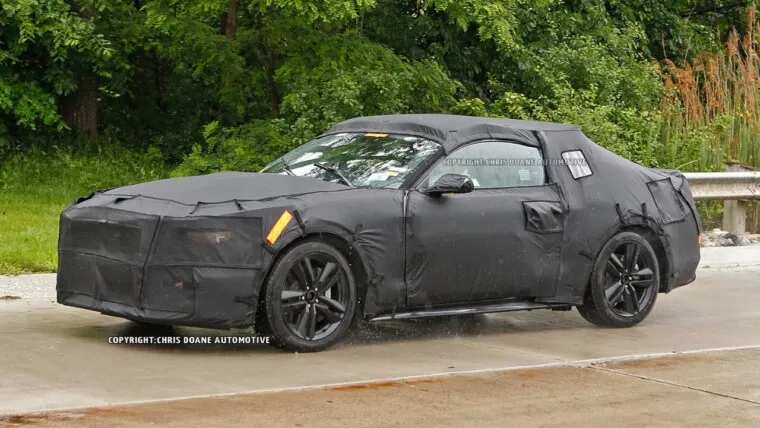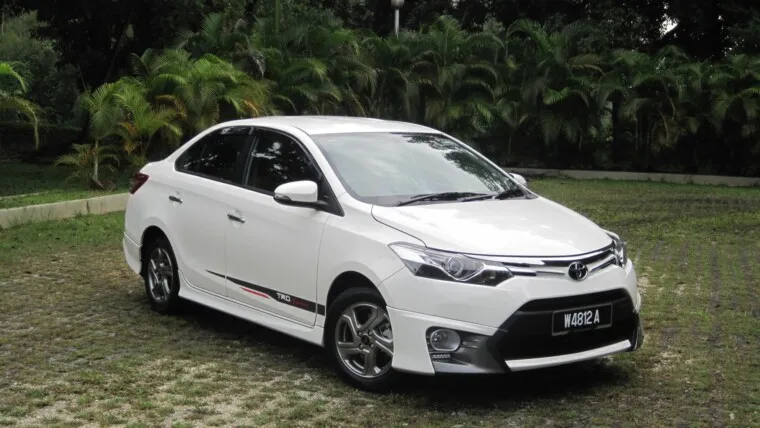Words like “scratch”, chip” and “rust” are enough to make any driver’s heart sink when talking about their car’s paintwork. However, Ford drivers can put their hearts at ease knowing that Ford’s innovative 3-wet paint technology –employed on most Ford vehicles in Asia Pacific – results in paint durable enough to withstand the unrelenting wear and tear of everyday use, and able to keep its appearance year after year.
“Ford’s 3-wet paint technology uses high-solid paint chemistry, which ends up resulting in a tougher and stronger finish for your car,” said Richard Burt, chief engineer, Vehicle Operations Manufacturing Engineering, Paint, Ford Asia Pacific.
“The high-solid system is key: The Ford-approved chemistry selected for the paint means you get a better, denser and stronger bond between elements in the paint to end up with a harder, stronger and more scratch-, chip- and etch-resistant surface.”
A higher concentration of solids (resin and colour) in the paint simply means that when it’s sprayed on a car, there are more solids that attach to and stay on the vehicle surface. This in turn makes the paint stick to the vehicle body more strongly.
The first step in Ford’s paint system is the pre-treatment. Here, the sheet-metal vehicle body is dipped in a series of baths that clean, etch and protect it – this is when a protective phosphate layer is applied to the vehicle body. The body is then taken through an electro-deposition process in which it’s dipped into a paint bath with an electric current, which helps the paint bond to the metal and the phosphate layer.
Dipping the metal bodies into these baths allows the coating to cover the entire surface of the body, both inside and out.Ford vehicles in Asia Pacific are even applied with a layer of polyvinyl chloride, as an anti-chipping coating. This protects the paint from chipping caused by stones, which can lead to rusting.
After all this is done, the 3-wet painting process begins. The vehicle body is rolled through three different paint applications: primer, colour coat and clear top coat.
The primer protects the lower coatings from exposure to elements such as sunlight, and helps with the paint’s resistance to scratches and chips, as the primer is able to absorb some of the impact of kicked up stones and gravel. Next, the colour coat and clear top coat give the vehicle its vivid colour, sheen and an additional layer of protection.
To ensure all parts of the paint system meet its standards, Ford has a variety of tests that check everything from a paint’s chip- and scratch-resistance to how well it can maintain its gloss and colour over time.
One of these tests is the Mar Resistance Test, which measures how well the top clear coat can retain its glossiness. In this test, Ford engineers sand down the surface of a colour panel to see how much of its gloss remains. On average, colour panels that underwent the high solid 3-wet process retained approximately 96% of their glossiness, whereas panels with medium-solid paint only retained an average of approximately 62%. In other words, Ford’s high-solid 3-wet paint technology increases a paint’s gloss-retention properties by 56%.
Ford’s 3-wet paint technology is yet another testament of the company’s commitment in delivering quality vehicles to their customers. This technology not only assures Ford drivers that their vehicle will retain its high quality, glossy finish for years to come, but also that their car’s paint is durable enough to weather even the toughest of conditions.
Source: Ford


